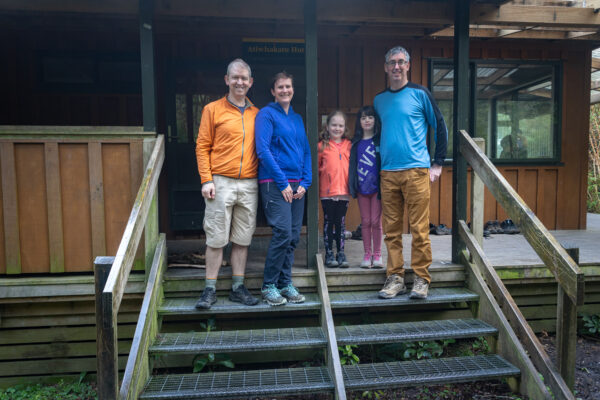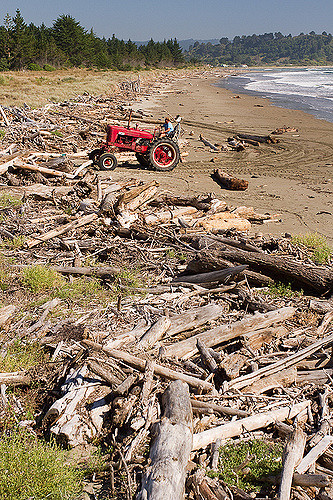Saturday saw us take up an opportunity to visit Mana Island off the coast from Porirua. The island was designated a scientific reserve in 1987 after a long history of colonisation and farming. Introduced pests and large mammals have been removed and in subsequent years over half a million trees have been planted and a number of rare birds, animals and insects have been introduced. The group Friends of Mana Island (FOMI) was formed in late 1998 and as part of their programme of work now runs regular guided trips over to the island. Alayna and I visited back in 2017 and I’ve always wanted to return, and Keryn also wanted to have a look around. So when the next FOMI trip lined up with Travis and Glenda visiting from Auckland and an OK looking weather forecast we booked another visit.
Saturday morning dawned wet and cold but with an improving outlook so we wrapped up warm and drove down to Mana Marina for our 8:30am start. We were met by our guides Richard and Marian and were taken though a short introduction and then the biosecurity requirements. Everyone had to check their shoes, clothing and bags for any unexpected hangers on such as insects, small mammals and even seeds. Keeping the island pest free and controlling the introduction of unwanted plants and animals is a serious business for island sanctuaries. Checks completed we were taken down to a jetty where we boarded the boat, but not before a final scrub and disinfection for our shoes.

The ride over to Mana Island took about twenty minutes and was uneventful. Alayna enjoyed the boat cresting the decent swell, there were some decent bumps as we motored out. Alayna and I were lucky enough to be sharing a table with FOMI president John McKoy and his wife who were taking the opportunity to have some leasure time on the island. As you’d expect the McKoy’s were a treasure trove of knowledge and I showed them the checklist I’d put together for Alayna to give her something to fill out as we walked around. John suggested a few birds I could add as well, something for our next visit perhaps.

Arriving at the island the boat was driven onto the stony beach and a ramp put down to allow us to disembark. From the beach we all made our way to the historic woolshed where we had a proper introduction to the islands history and also met DOC ranger Nick. Outside we could hear the rain hitting the roof but thankfully once the talks were done the rain had gone. Richard and Marian took those who wanted the guided tour while our little group walked independently so we could take out time and also do some geocaching. Keryn had grabbed a self-guide pamphlet from Richard so we had regular stops at the markers to learn more about things like the islands takahe, different viewpoints, sites of interest like the lighthouse keepers gardens and the end of farming with outbreaks of scrapie.
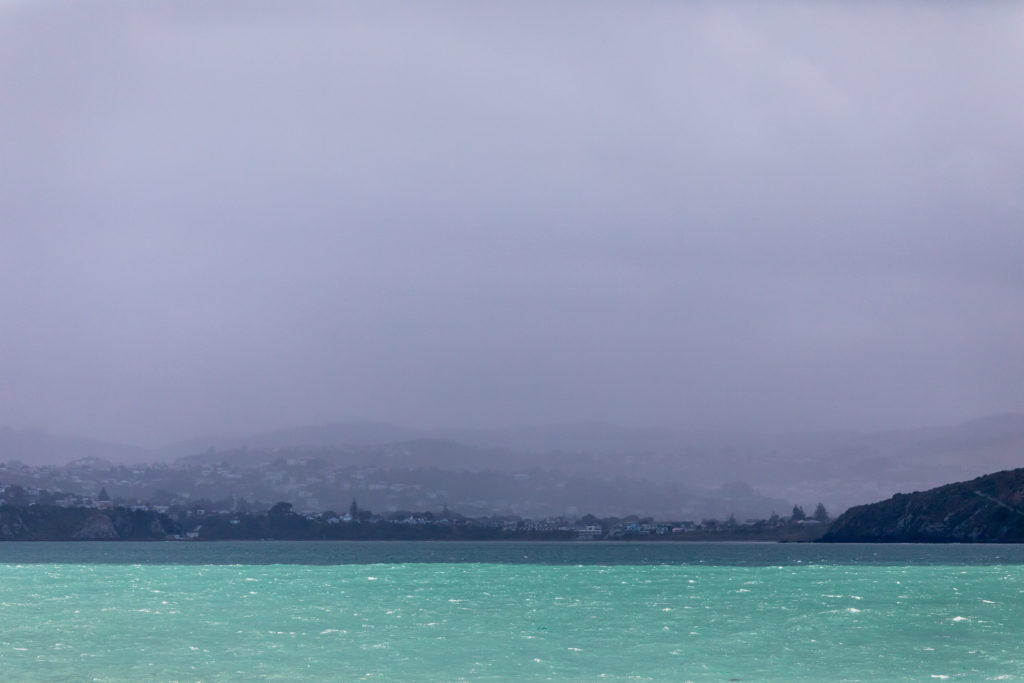
We could see the inclement weather was still passing through on the mainland but on the island the sky was becoming blue and clear, it was just the wind that was keeping the temperature down. We saw and heard the first of many piwakawaka (fantail) and kakariki (yellow fronted parakeet) and were lucky enough to have a brief encounter with a maataataa (fernbird) as well. I took a spur track and followed the recorded sounds of gannets to find the concrete gannet colony, an effort to attract gannets to breed on the island and home for a number of years to the lonely gannet named Nigel. Sadly there were no real gannets in residence when I came by.
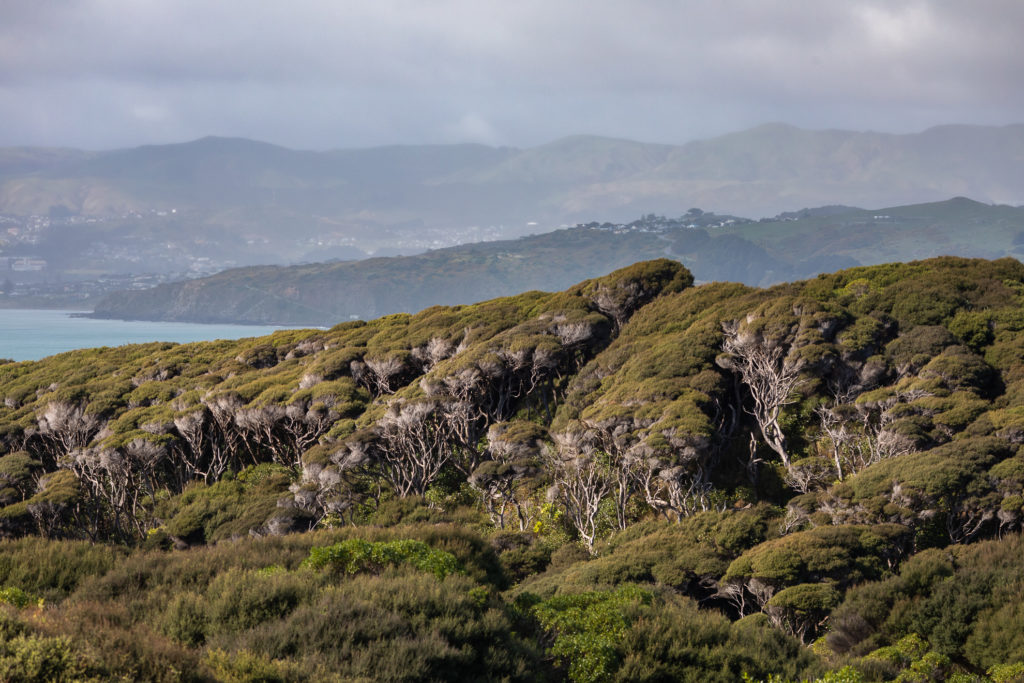
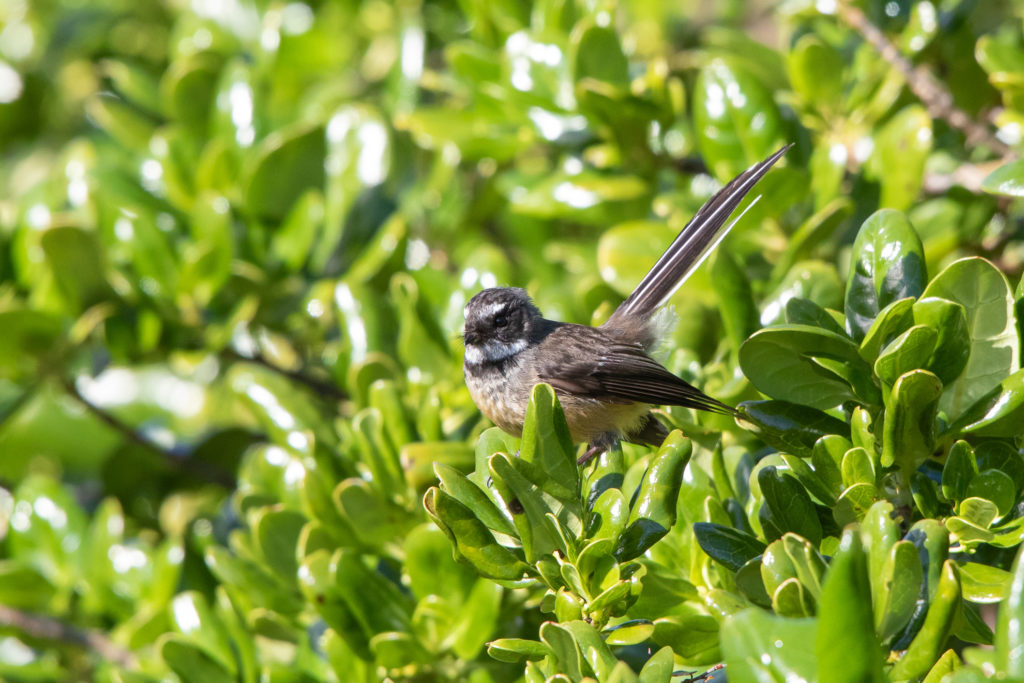
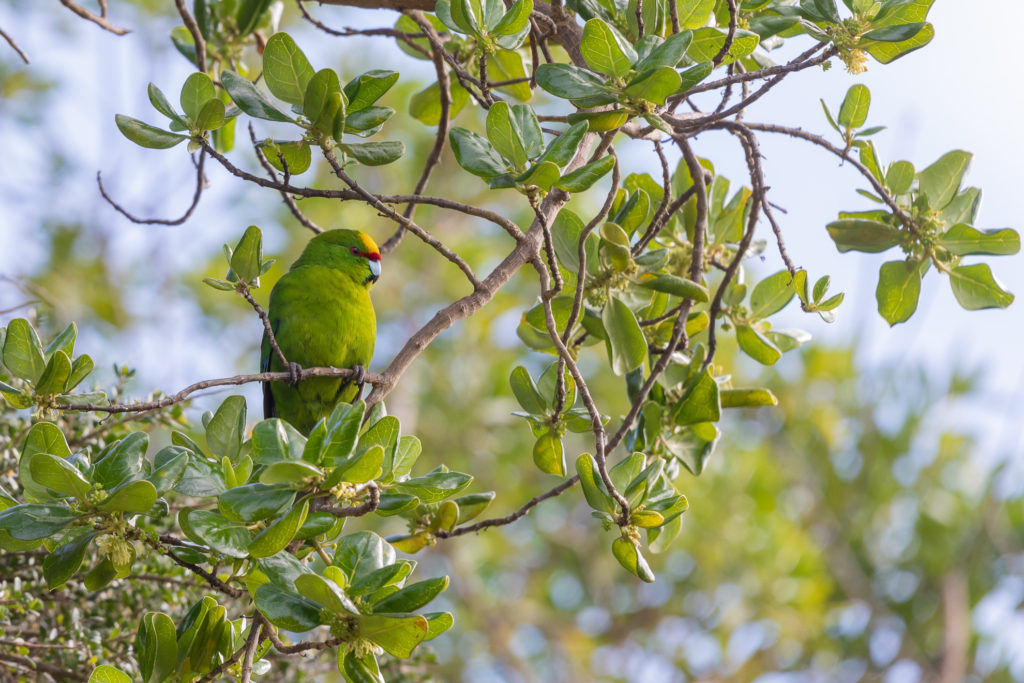
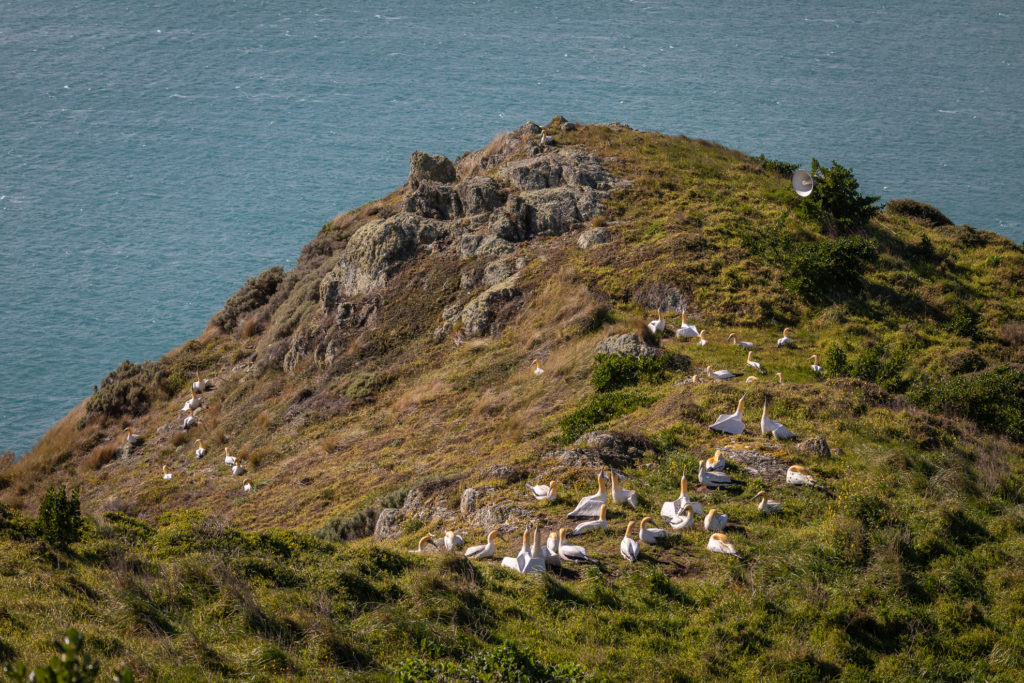
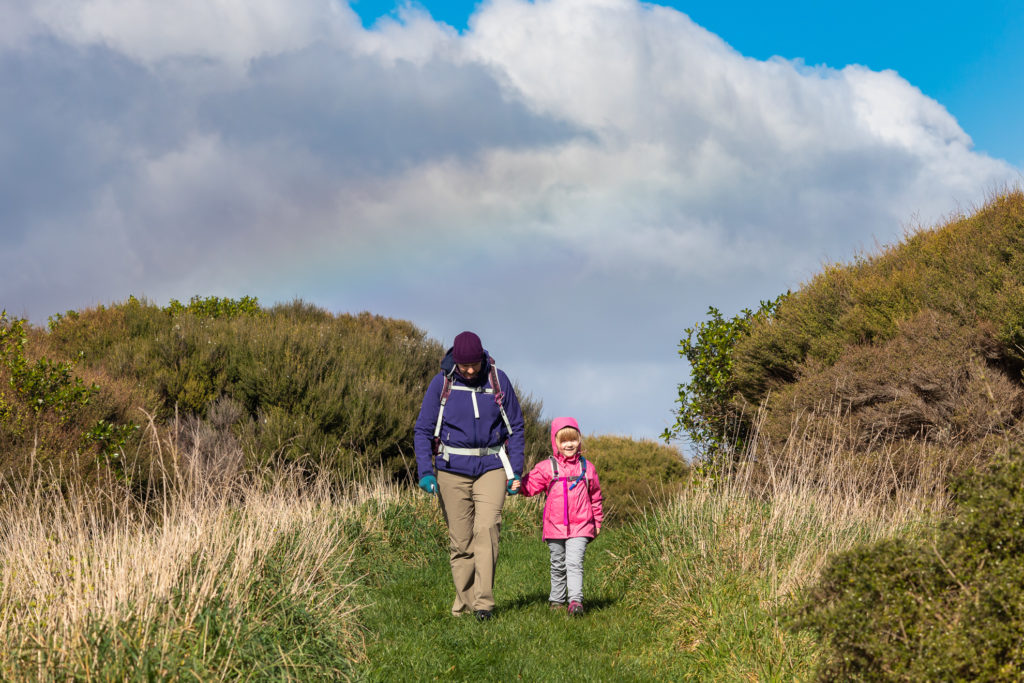
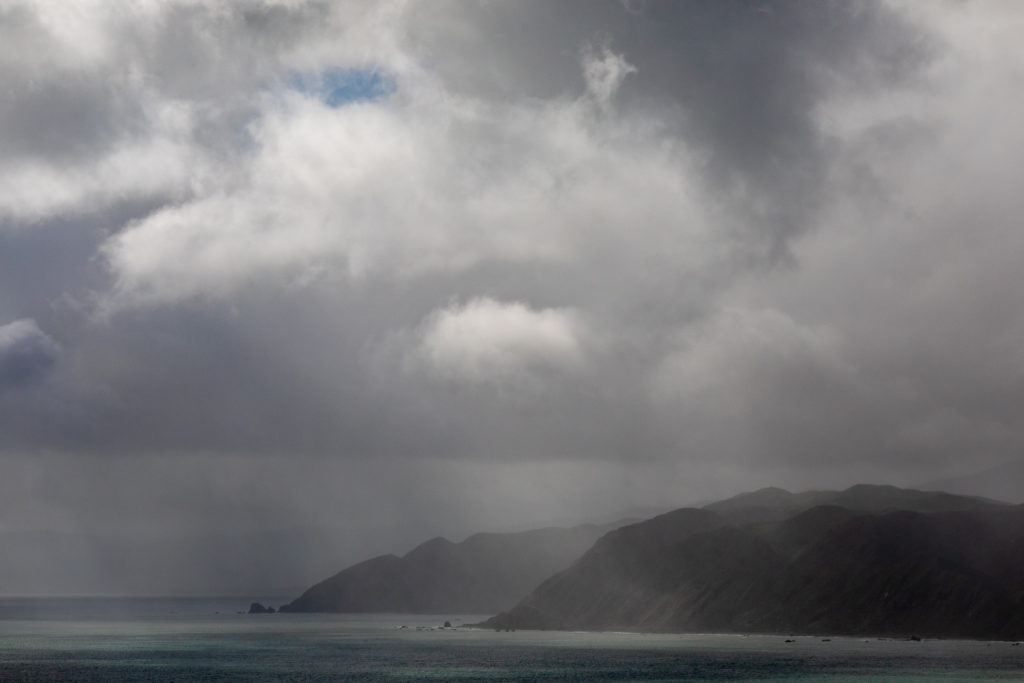
I caught back up with Keryn and Alayna and we in turn soon joined Travis and Glenda at the foundations of the Mana Island lighthouse, the lighthouse itself has long since been relocated to the Taranaki coast. We ate lunch and then split up so that Keryn, Alayna and I could take a shorter route back to the woolshed. Walking along the western clifftop we had magnificent views west to the South Island and the groves of harakeke were home to many different birds. On the track back inland we also came across a takahe which disappeared into the bush as we got closer, we could hear its deep calls coming from the undergrowth.
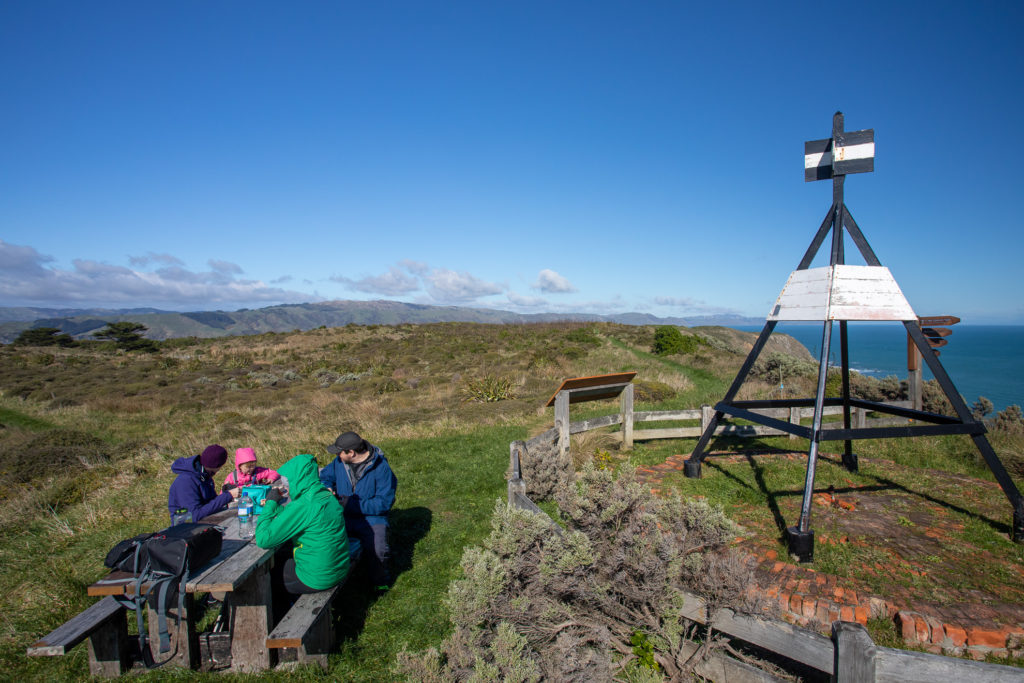
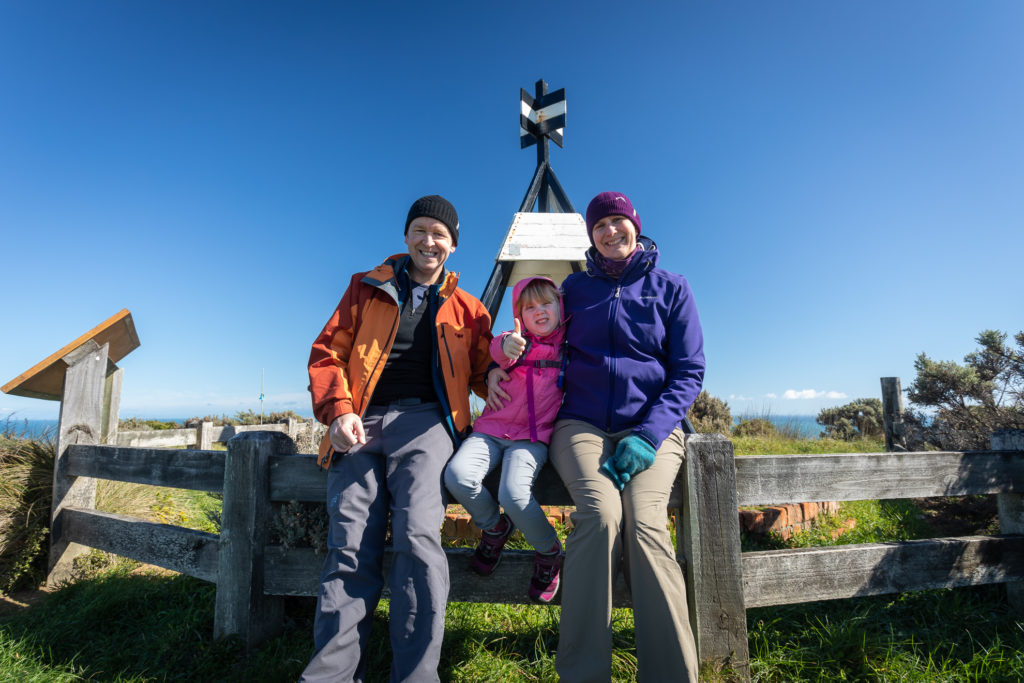
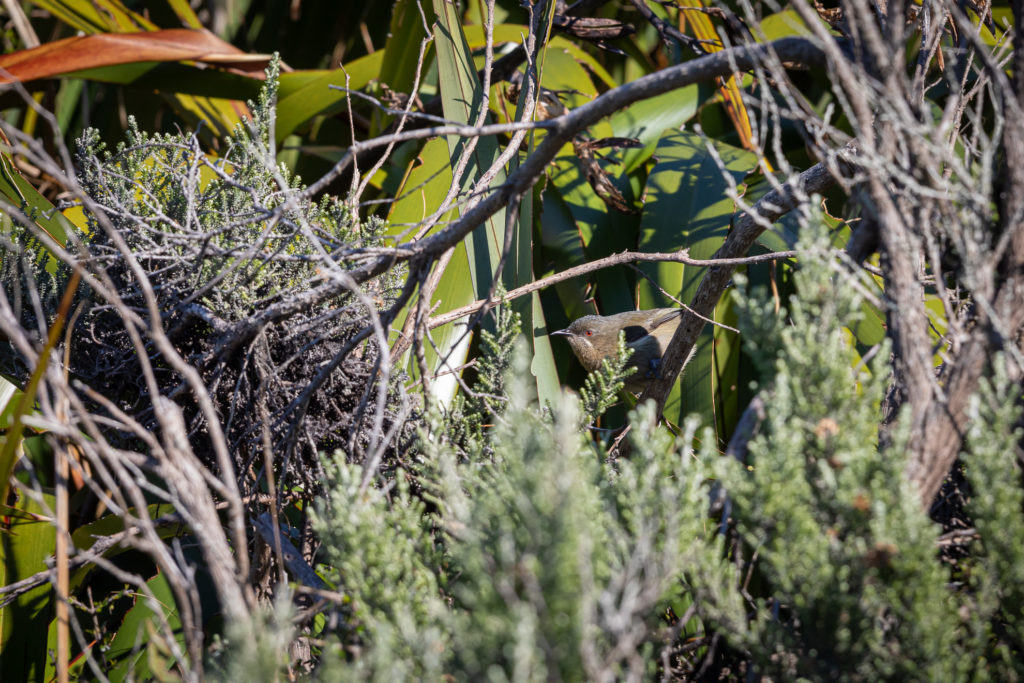
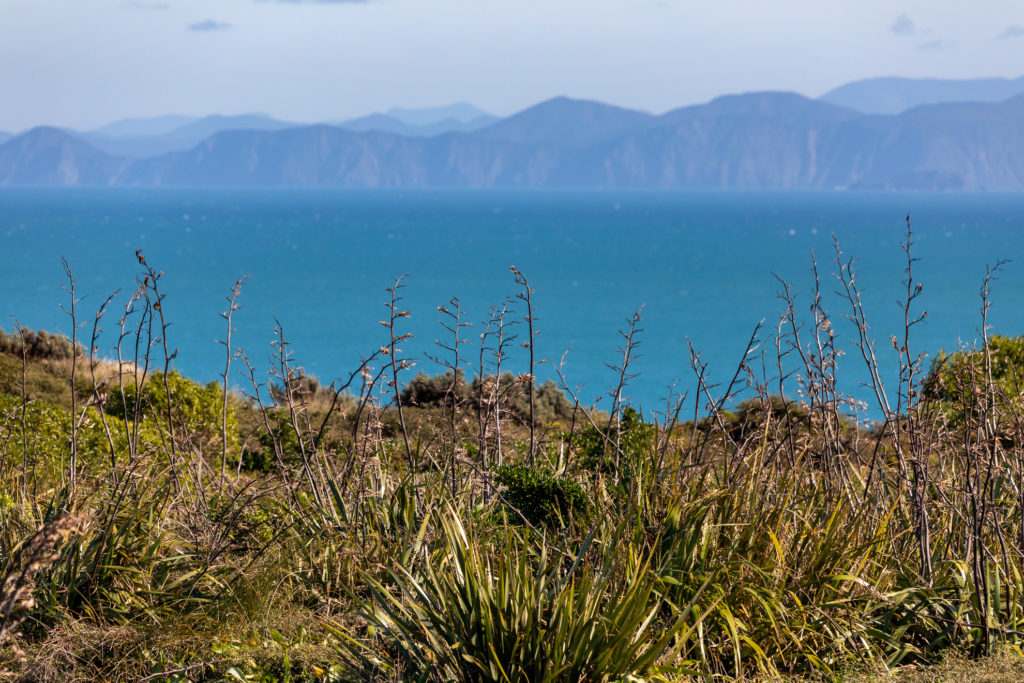
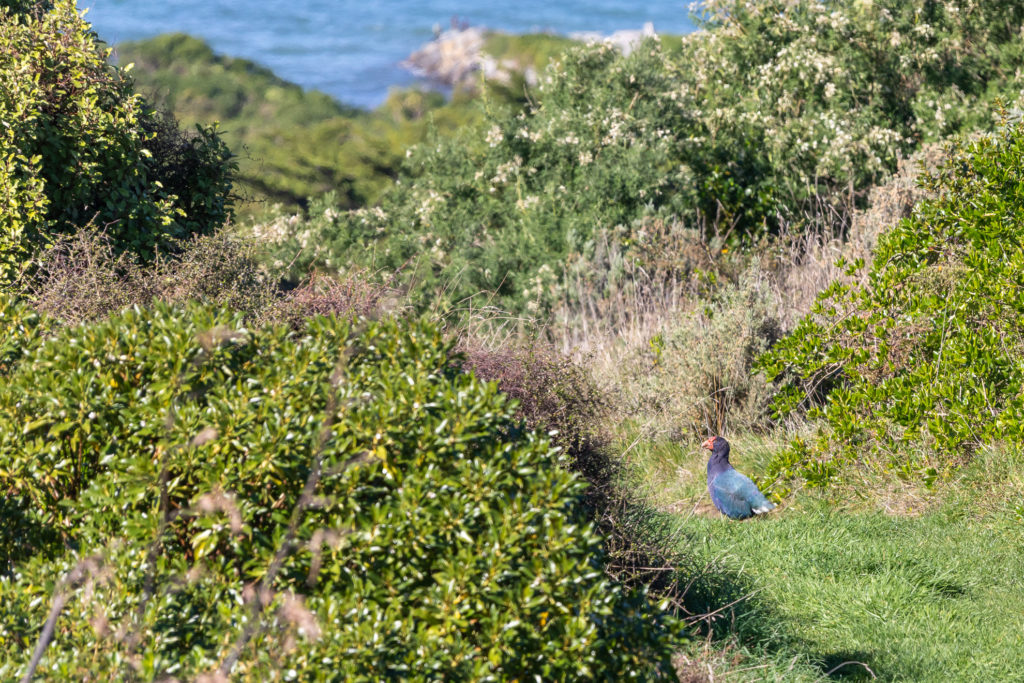
We walked a short loop track which had a lookout over the islands wetland area and spent some time looking for geckos that were hiding under the lids of the information boards. Down at the wetland there is a newly installed hide which we used to watch for birds, spotting three pateke snoozing in the shade at the edge of the water. Alayna drew a picture of the view as we relaxed and enjoyed the peace and warmth, and as we left Travis and Glenda appeared after their longer walk.


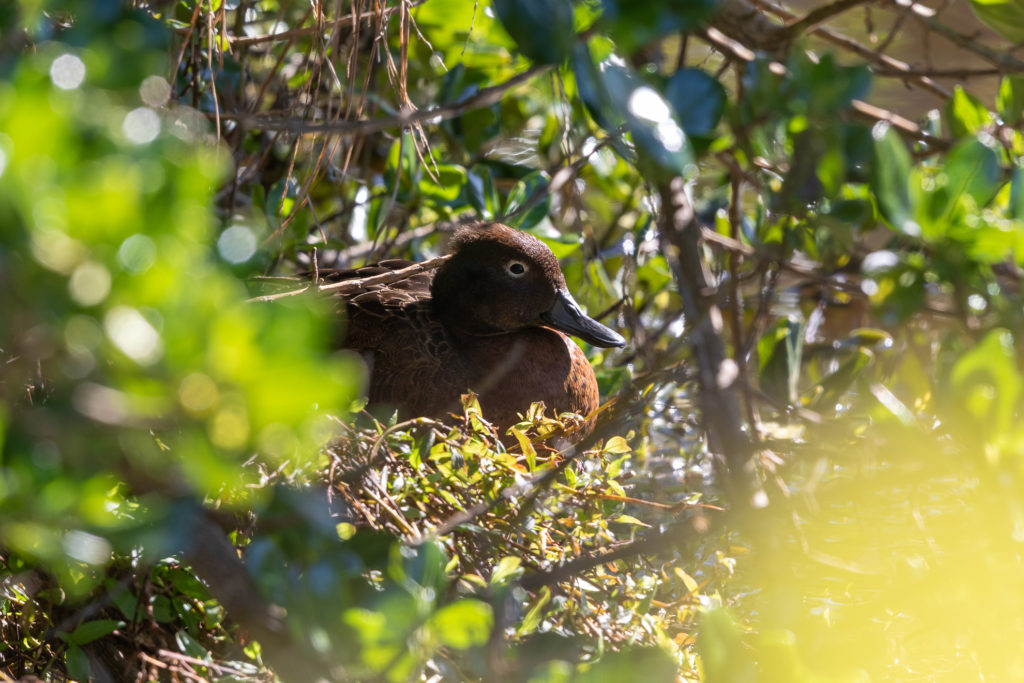
It was now a lot warmer and in this sheltered area there were korimako and tui feeding off the flowering kowhai, kakariki foraging for berries down near the ground and also a number of pukeko scampering over the tops of bushes. Back on the east coast of the island we rested in the sun, the fine weather now having also reached the mainland.

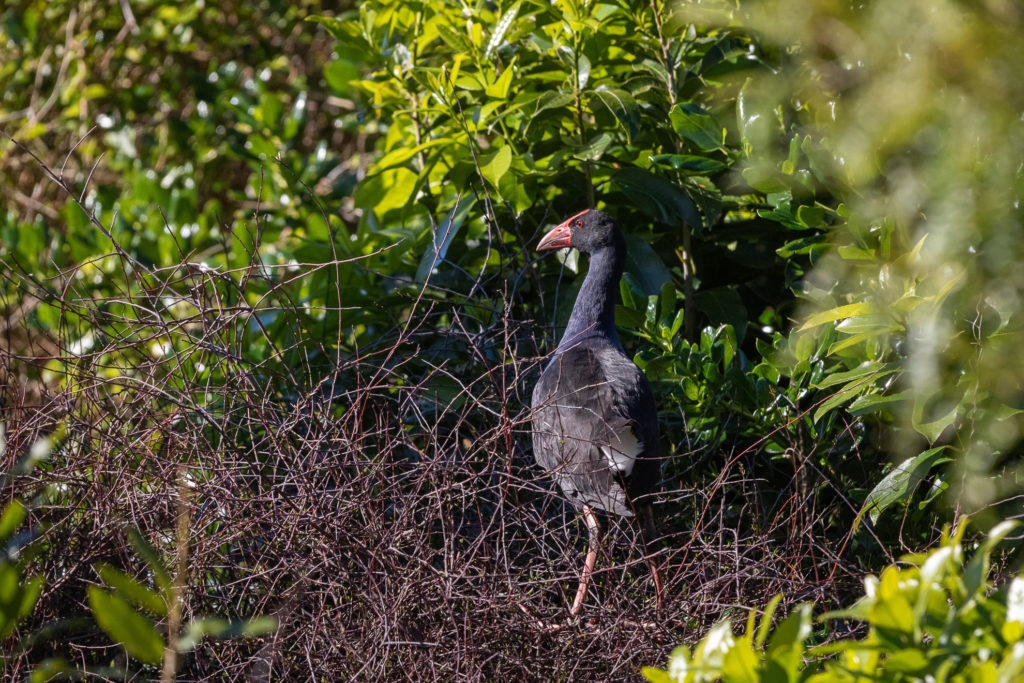
Richard had taken the guided group to see a pair of takahe that have their territory around some of the off limits accommodation and I tagged along to also have a look. A group of kaaruhiruhi (pied shag) were sunning themselves on the beach, mainly juveniles. Out to sea there was a raft of seagulls with a few gannets and other seabirds that were too far away to identify.
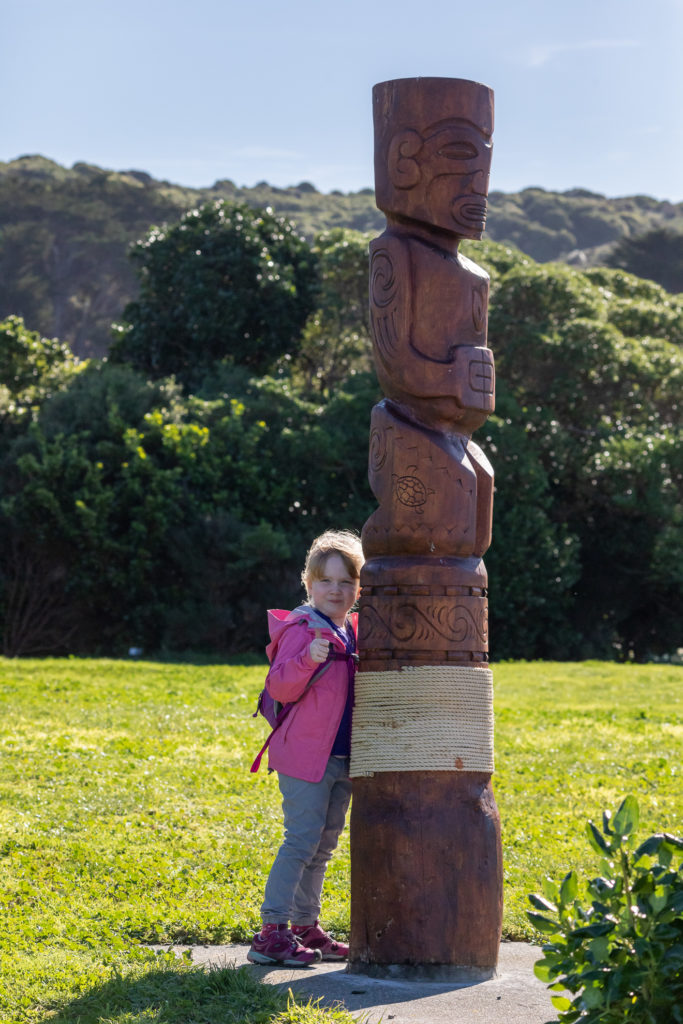
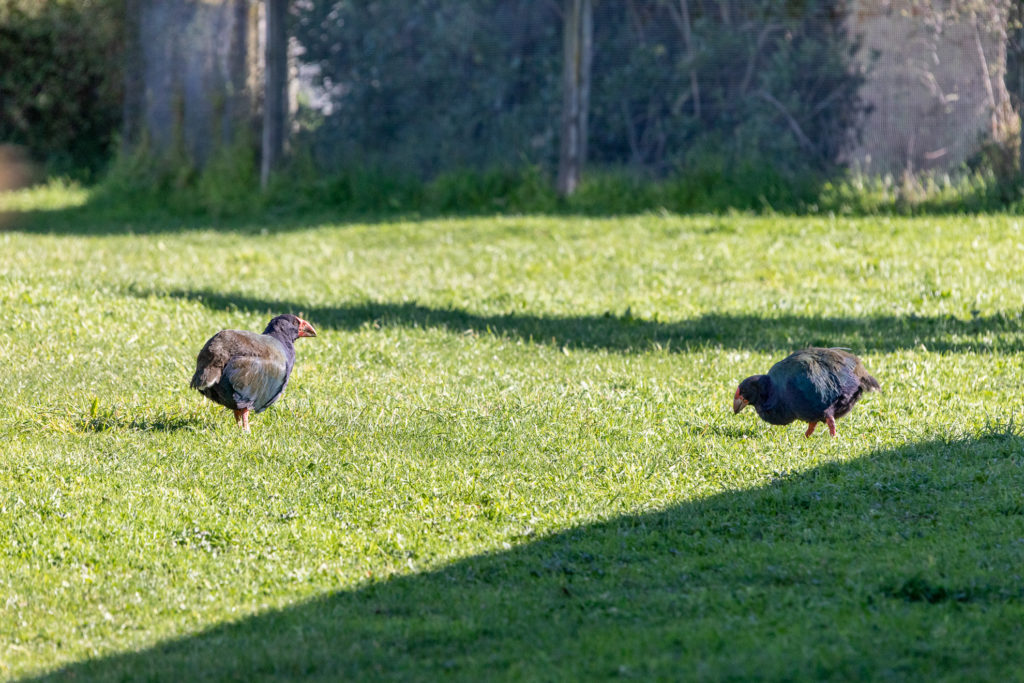
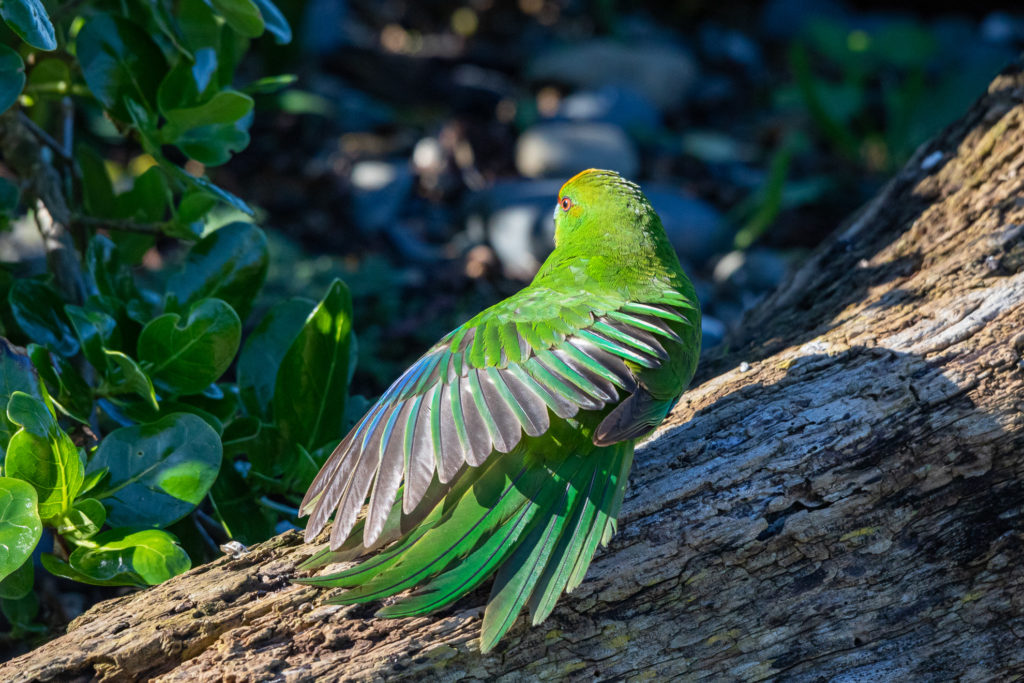
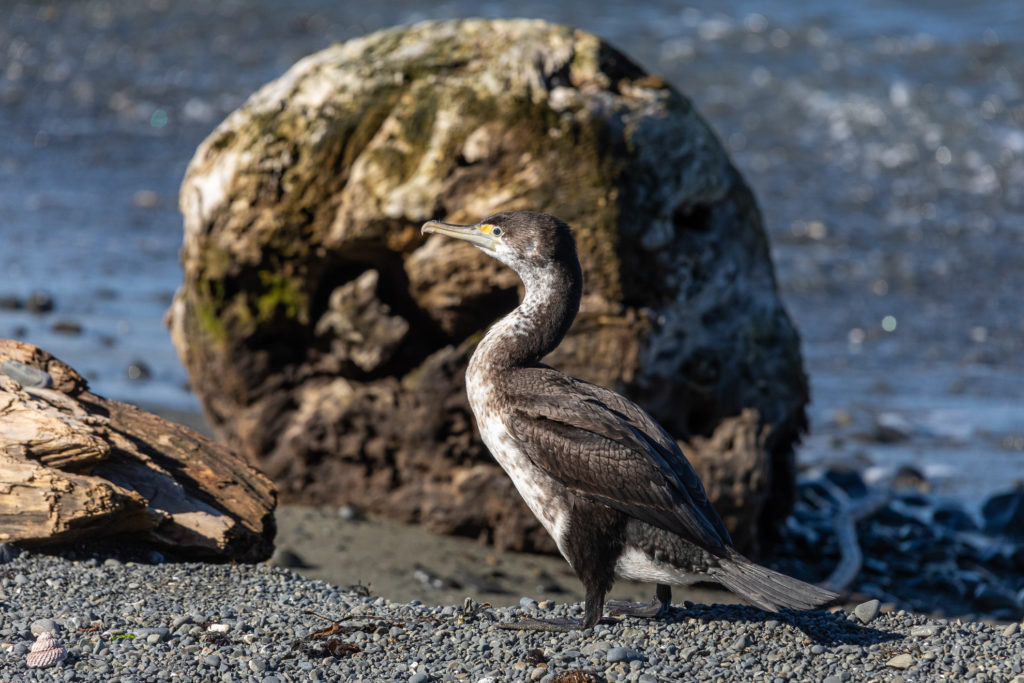
As 3pm approached we all headed back to the woolshed in preparation for the boat arriving to take us back to Porirua. Keryn noticed that someone had collected a guest on their backpack, a gecko curled up and probably enjoying the heat of the sun on a black surface. The gecko was carefully removed and then we were back down to the beach to meet the boat.
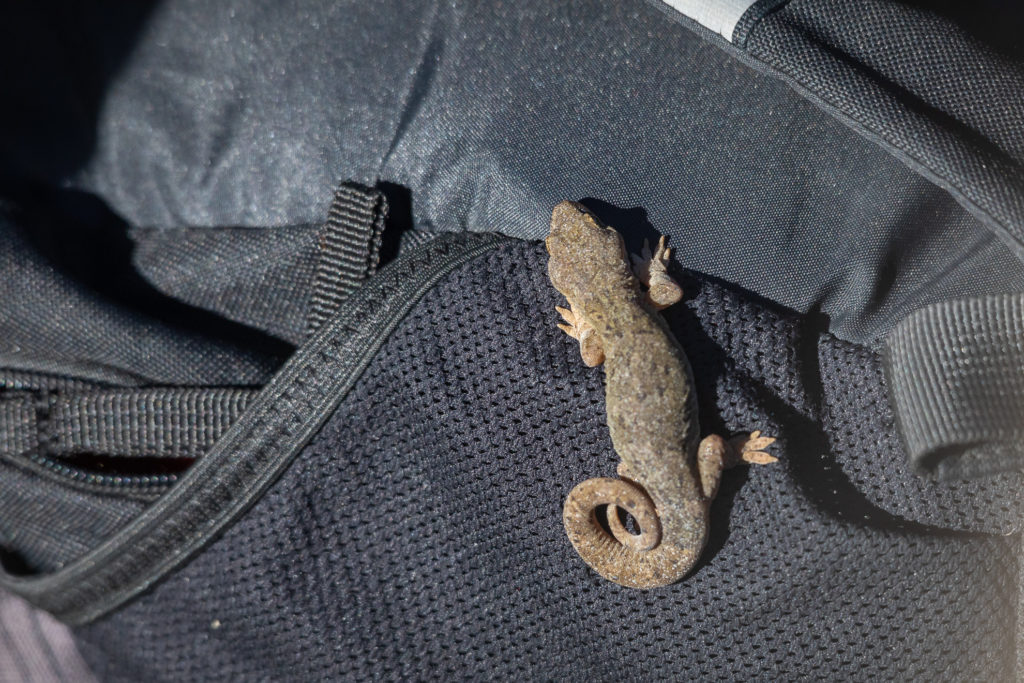
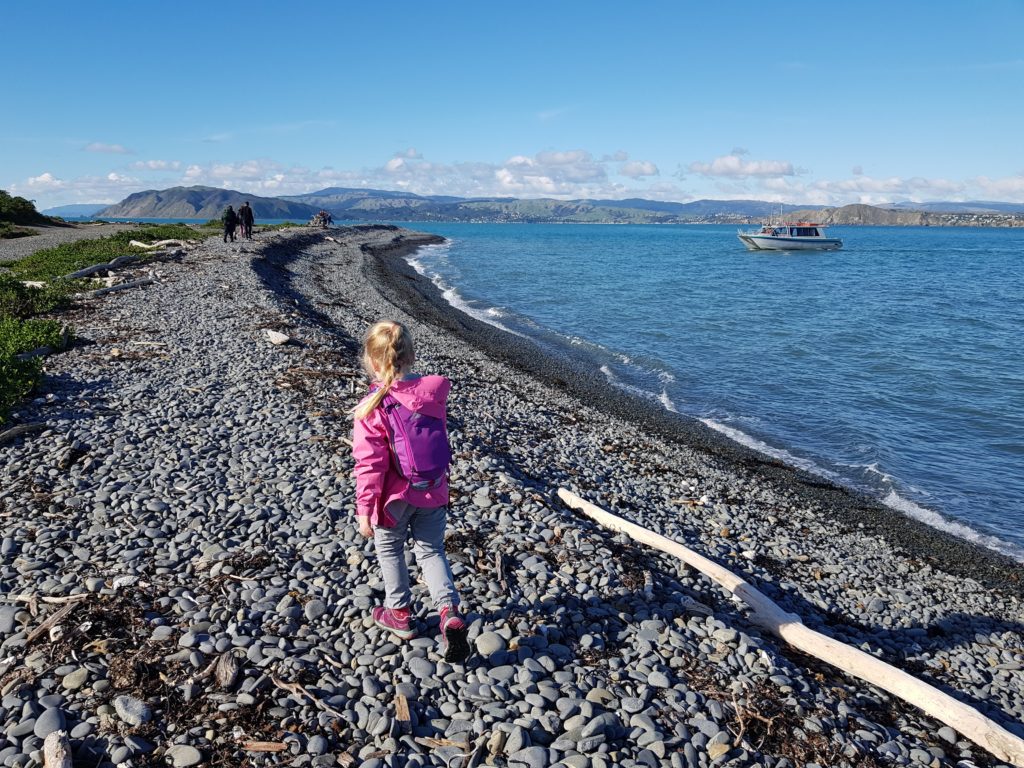
Friends of Mana Island run a number of guided tours to Mana Island throughout the year, check their website for available dates and contact information. Walking around the island takes around 4 hours at a relaxed pace.

